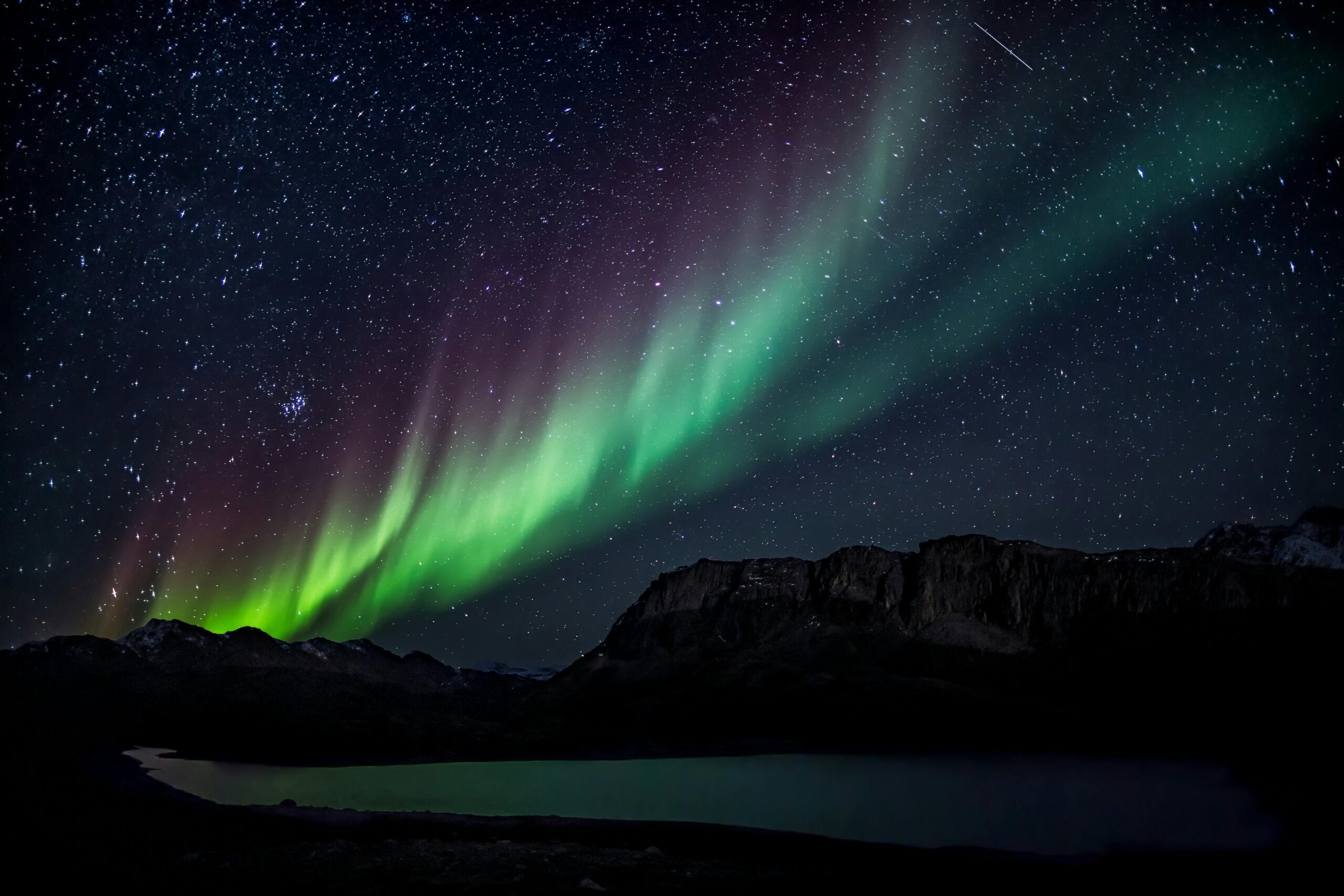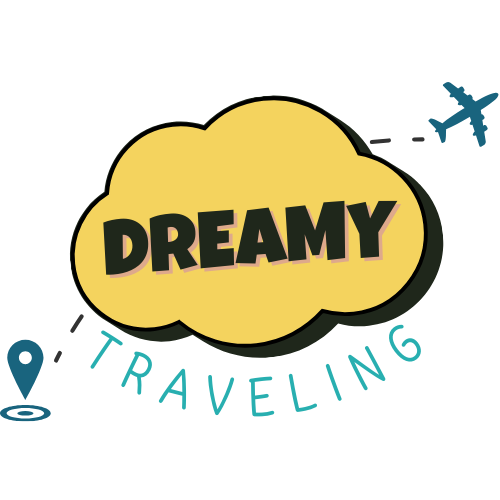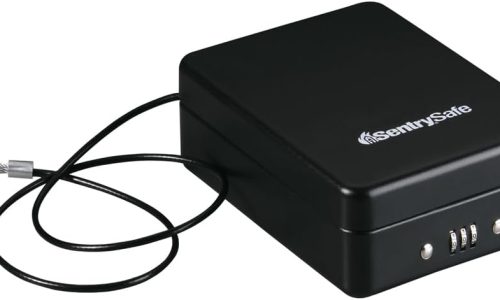Where to See the Northern Lights: A Practical Guide to Chasing the Aurora

Seeing the Northern Lights is one of those bucket list moments that doesn’t feel quite real until you’re standing under the swirling green sky. But figuring out how to plan a northern lights trip? That’s a whole different story. Between location, timing, and the unpredictability of nature, planning can feel overwhelming—especially if you’re hoping for that magical shot or trying to decide where to go.
Let’s break it down so your aurora hunt feels less like a guessing game and more like a dreamy escape with a solid plan.
Where Can You Actually See the Northern Lights?
You’ll need to head well into the northern (or southern) latitudes. Some of the most reliable spots include:
Rovaniemi, Finland: This Arctic town offers some of the best northern lights tours in Rovaniemi, with cozy cabins, husky sledding, and professional photographer guides. Consider staying at Santa’s Igloos Arctic Circle or Arctic Light Hotel for comfort and easy tour access.
Tromsø, Norway: Easy to reach, and tours often include warm meals, snowshoes, and expert aurora tracking. Look at Scandic Ishavshotel—waterfront location, walking distance to many tour departures.
Fairbanks or Denali National Park, Alaska: You can see the northern lights in Denali National Park, though tours out of Fairbanks tend to offer more predictable options. A good base here is Wilding Hotels Fairbanks, which often reports sightings right from the property.
Scottish Highlands: Less known, but yes—how often can you see the northern lights in Scotland? Not daily, but during peak winter months with clear skies, they make a rare but possible appearance.
When’s the Best Time to Go?
Aurora season runs from late September to March in most destinations. December through February are the darkest months, but also the coldest, so pack accordingly.
Avoid full moons (they wash out the sky), aim for dry, clear nights, and consider new moon phases. If you’re wondering how to plan to see the northern lights, try to give yourself at least three to five nights in a high-latitude location—more nights mean better odds.
Should You Book a Tour?
If you’re not familiar with the area or weather tracking, then yes. A tour takes the pressure off—you’ll be with guides who know exactly where to go and when to move if clouds start rolling in. Some even offer a northern lights tour with photographer included, which is a huge plus if you want frame-worthy shots without fumbling with camera settings in the cold.
For example, if you’re comparing options, you might search for the best northern lights tour Rovaniemi offers—some include thermal suits, meals, and even reindeer visits. Others are more minimalist but focused entirely on aurora chasing.

What to Pack for a Northern Lights Trip
Temperatures can drop well below freezing, so gear matters. A few Amazon-recommended essentials:
Merino Wool Base Layers: Lightweight, warm, and ideal for layering.
Rechargeable Hand Warmers: Lifesavers during long, cold waits outside.
Thermal Waterproof Boots: Keep feet warm and dry while snow trekking.
Camera Tripod: For long-exposure shots, even a compact one will help.
Insulated Thermos Flask: Hot drinks make cold nights way more bearable.
Can the Northern Lights Affect Your Health?
While the lights themselves are just particles interacting with the atmosphere, some people wonder about their effects. Can the northern lights cause seizures or anxiety? There’s no direct medical link, but the overwhelming sensory experience—especially for people with sensory sensitivities—can be intense. Some even ask, does northern lights make you sleepy? Not physically, but the calm, slow movement combined with silence and darkness can absolutely lull you into a dreamy state.
Budgeting for the Experience
So, how much is a trip to Alaska to see the northern lights? Expect to spend anywhere from $1,500 to $4,000 per person, depending on flights, accommodation, and tour packages. Scandinavia can be similarly priced or slightly higher, especially if you add on unique experiences like ice hotels or dog sledding.
There are deals out there—keep an eye out for things like a trip a deal 2 for 1 northern lights promotion. Just read the fine print: check the dates, locations, and what’s actually included.
Planning Checklist
Here’s how to plan a trip for northern lights without the stress:
Pick a reliable destination with low light pollution
Travel during aurora season (Sept–Mar)
Avoid full moons
Stay at least 3 nights for higher odds
Consider booking a tour (especially one with a photographer)
Pack for cold: layers, thermals, and camera gear if DIY shooting
Book hotels early—popular northern lights towns fill up fast
Most importantly, manage expectations. Even in peak season, nature doesn’t follow a script. Some nights you’ll see dazzling displays. Others may be clouded over. But with the right planning and mindset, chasing the aurora becomes part of the adventure.
If you’re still wondering how to plan northern lights trip logistics—flights, gear, where to stay—we’re working on a full travel guide soon. For now, think of this as your dreamy starting point.



